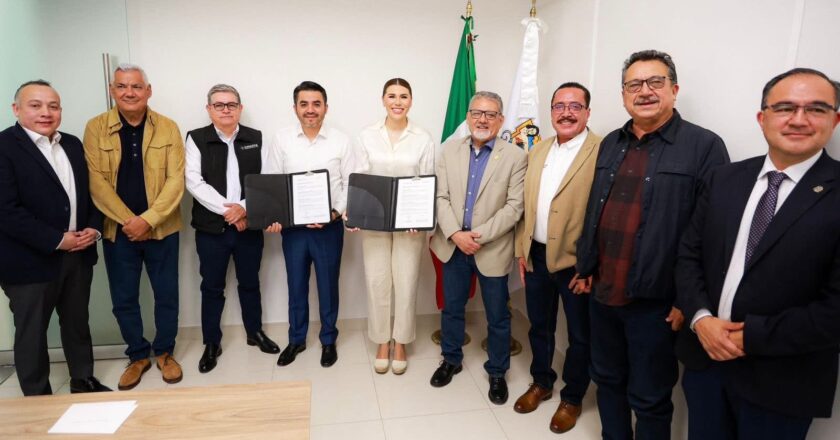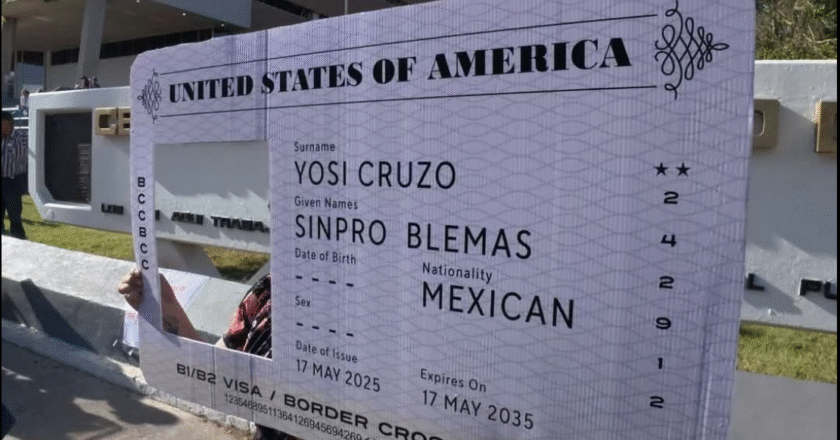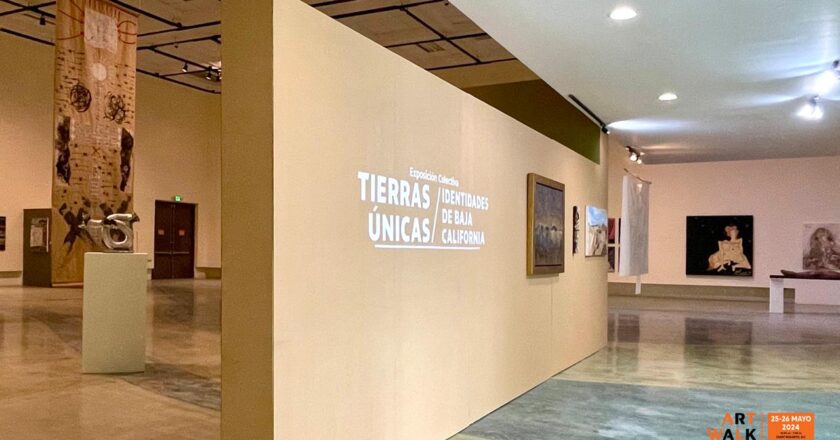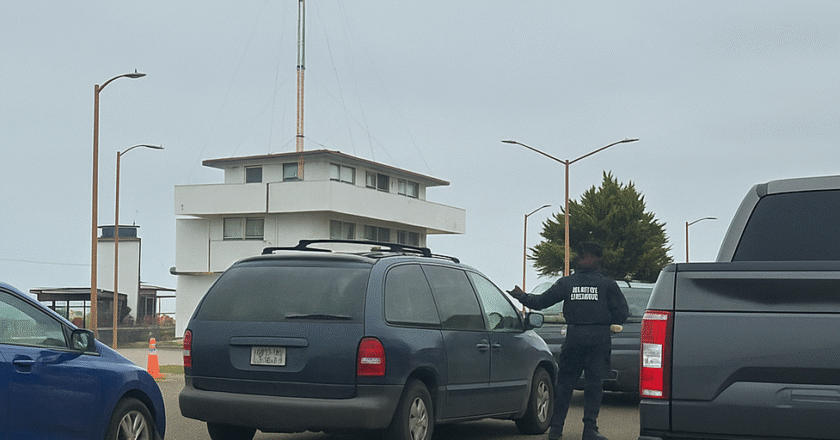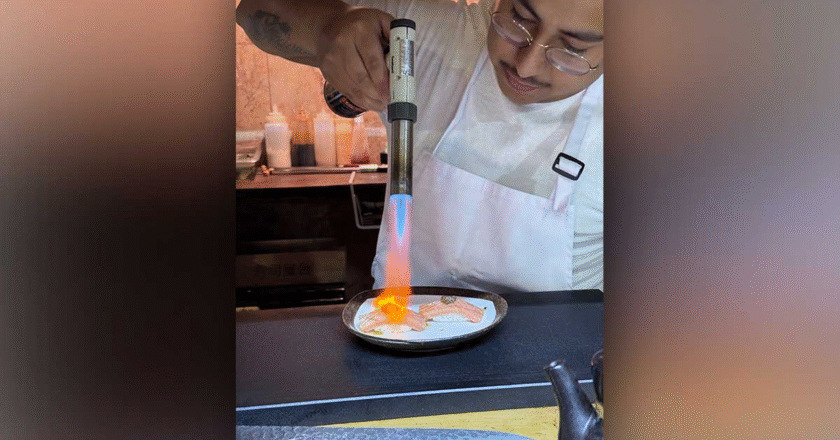Rosarito just got a little closer to hope.
Something unusual is happening in Rosarito—and it’s not another Starbucks or beachfront development.
This week, the nonprofit Beat the Cycle broke ground on a center for kids dealing with real struggles: autism, illiteracy, hunger, and poverty. While other projects target tourists or retirees, this one is all about local families who need help now.
Founders Irene Donnell and Sol Carrola lead the effort. They secured the land at Gabriel Esquivel Alvarado 22706, and they’re not wasting time. “We’re not just building walls,” said Donnell. “We’re building futures.”
A Celebration with Purpose
The group plans to host a community celebration on Sunday, May 25 at 12:30 PM, right at the site. Residents can stop by to learn more, meet the team, and sign up to help.
Visitors will hear directly from the founders and see how the land is being transformed. They’ll also find out how to get involved—whether that means donating, volunteering, or just spreading the word.
The center will provide therapy for kids with autism, literacy support, job training, and daily meals. Although modest in size, the facility represents a huge step forward for the neighborhood.
“This is more than a building,” said Carrola. “It’s a safe space where forgotten kids will finally feel seen.”

What’s Needed Now
While the first stage of grading is done, much more remains. Beat the Cycle needs funding, supplies, and local hands to keep moving forward.
Even small contributions can make a big difference. Tools, food, paint—anything helps. Volunteers are also needed to support construction and future programming.
Importantly, this isn’t just charity. It’s a smart investment in Rosarito’s next generation. And it sends a strong message: every child deserves a shot at success, no matter where they were born.
To get involved or support the project, visit www.beatthecycle.org. Because some cycles need to be broken—and this one is finally getting cracked open, shovel by shovel.







